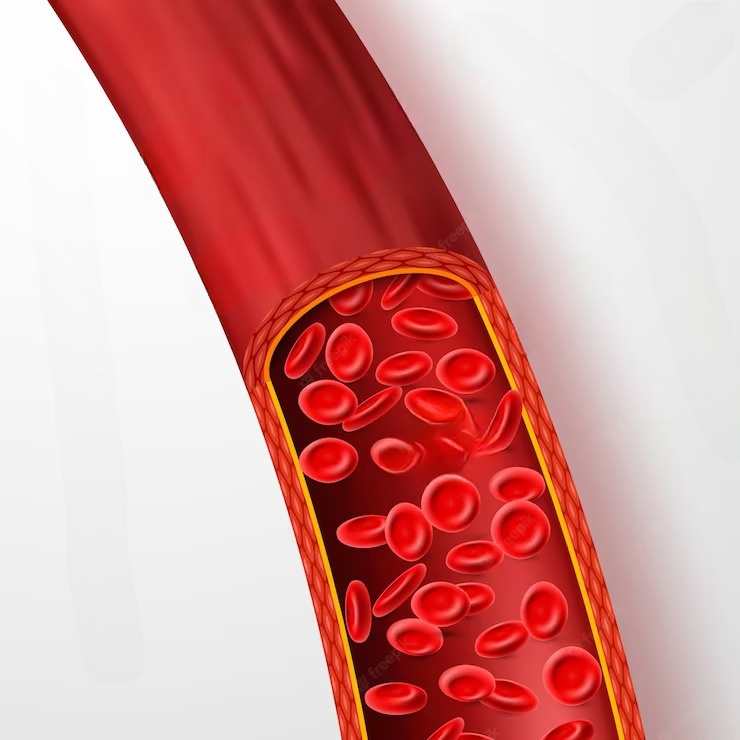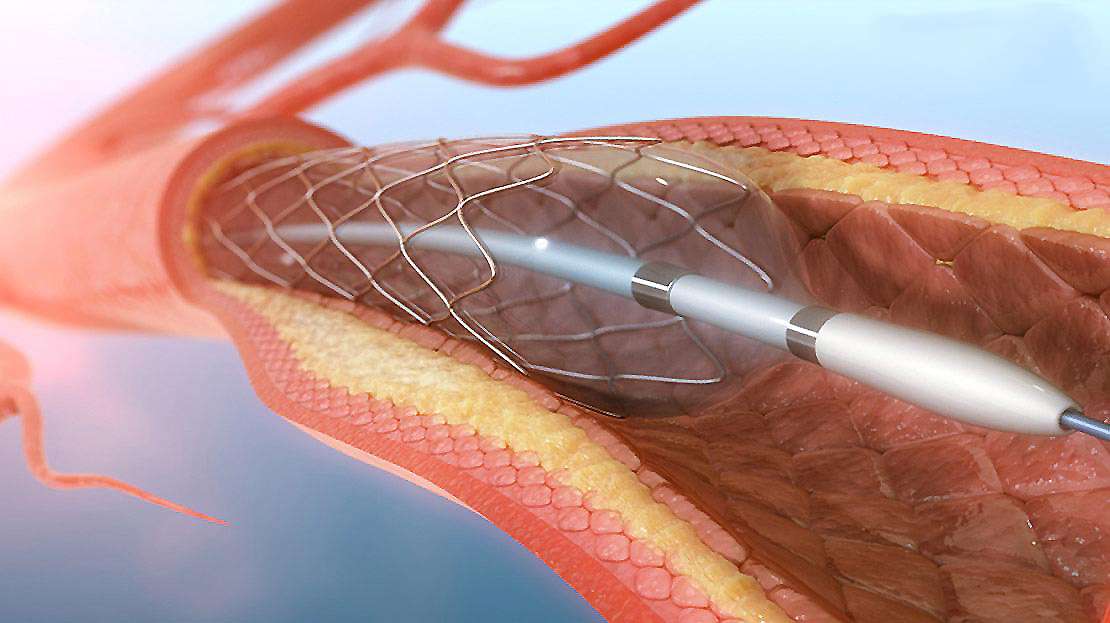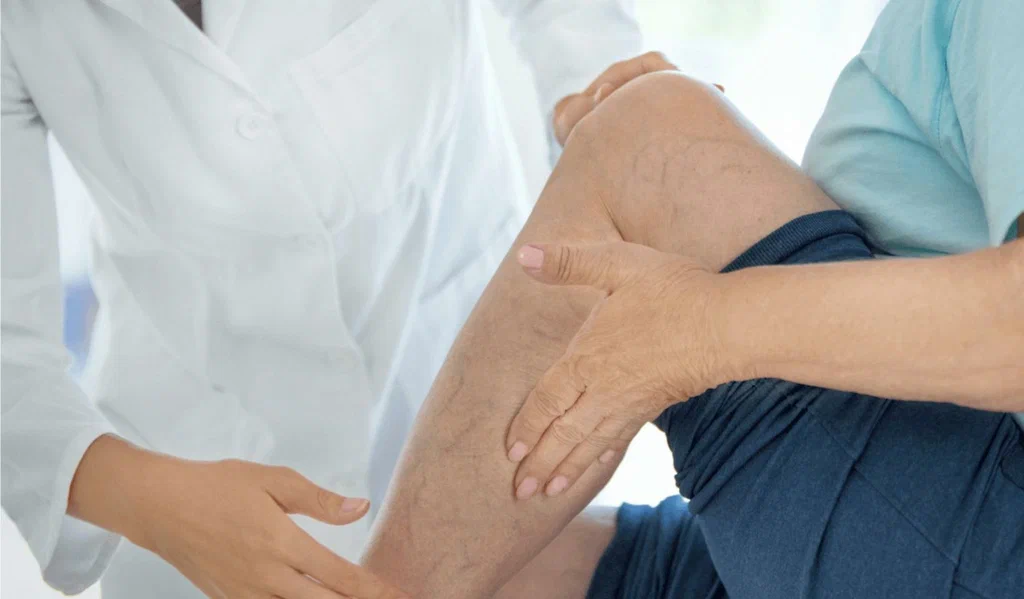Peripheral Artery
Peripheral Artery Disease and Peripheral Bypass
Prof. Dr. Yavuz Beşoğul
Peripheral artery disease refers to all artery diseases other than the heart and brain. In short, it is a disease that occurs when the arteries that provide blood flow to the arms, legs and internal organs are completely or partially blocked due to atherosclerosis (hardening of the arteries).
Surgical treatment (Peripheral Bypass)
Surgical treatment methods used for the treatment of peripheral vascular disease include peripheral bypass procedures and endarterectomy. Nowadays, these are performed even at levels down to the ankle with minimally invasive interventions. Lesions that cause obstruction in the vessel, vessels containing more than one stenosis, or long-segmented severe stenosis are conditions that require surgical treatment.
Bypass surgery is the provision of blood flow through a side path created from before to after the blocked area with a vein or a synthetic vein (known as a graft) taken from your body. In the endarterectomy procedure, the plaque layer that causes obstruction in the veins going to the arms or legs is removed.

Operation Time
2-6 Hours
Recovery Time
6-8 Weeks
Discharge Time
3-5 Days
Over 20 Years of Experience
Having More than 20 Years of Experience in the Field of Cardiovascular Surgery Prof. Dr. Yavuz Beşoğul, He Has Improved The Health And Cured Many Patients.

Causes of Peripheral Artery Disease?
Atherosclerosis causes peripheral vascular disease in two ways:
- While there should be a rapid increase in the amount of blood and oxygen sent to the tissues in moments when the need for oxygen increases, such as during exercise, atherosclerosis does not allow this increase due to the narrowing in the vessels and symptoms of the disease appear.
- Occlusion of an artery (artery) due to thrombus or embolism (blood clots) causes sudden lack of oxygen and malnutrition in the tissue.
Peripheral Artery Risk Factors
Peripheral Artery, chest pain that occurs during exercise or intermittent leg pain that occurs with walking (intermittent claudication) are examples of situations where the increased oxygen and blood needs of the tissue cannot be met. In addition, stroke and heart attack are examples of sudden oxygen deficiency and malnutrition in the tissues as a result of complete blockage of the arteries with blood clots.
In rare cases, reduced blood flow to the arms or especially the legs as a result of peripheral vascular disease may result in open wounds, ulcers, gangrene or some other damage that is very difficult to heal. These areas do not receive enough blood and are very prone to infection. In advanced cases, amputation (cutting out gangrenous tissue) may be necessary.
% 5 of adults over 50 years of age have peripheral vascular disease. Peripheral vascular disease is more common in men than in women. Known risk factors for peripheral vascular disease are the same as the causes of atherosclerosis (hardening of the arteries). These risk factors are:
- High levels of LDL cholesterol (bad cholesterol) and triglycerides in the blood
- Low levels of HDL cholesterol (good cholesterol) in the blood
- smoking
- Diabetes mellitus
- High blood pressure (hypertension) or a family history of hypertension
- Family history of atherosclerosis (hardening of the arteries)
- chronic kidney failure
- Overweight or obesity
The risk increases even more when risk factors for peripheral vascular disease occur together. An individual with two risk factors is at greater risk than an individual with a single risk factor.
Location
Merkez, Hastanesi Sokak No:2, 34245 Gaziosmanpaşa/İstanbul
Contact
dryavuzbesogul.com
Our watches

After Peripheral Bypass Surgery
After Peripheral Bypass Surgery, the patient may stay in intensive care for 1 day, depending on his condition. The patient who is removed from the intensive care unit is taken to the ward. He is discharged within 1-5 days.
A special diet list is not applied to the patient after the surgery. When the patient is discharged, he should walk slowly at home. An examination may be requested by the doctor 1 week after discharge. The patient should walk regularly and increase gradually. Patients who have had Peripheral Bypass Surgery should be careful about the foods they consume in the future. The patient needs to reduce cholesterol and fat consumption.

Peripheral Artery Symptoms
The most common symptoms of peripheral artery disease are intermittent leg pain with walking (intermittent claudication) and, in advanced cases, leg pain at rest. The location and severity of the pain varies depending on the location of the vessel in which the blockage occurs and the degree of the blockage. The most common place for intermittent claudication is where the calf muscles are located (muscles in the back of the leg below the knee). This pain in the calf muscles only occurs during exercise such as walking or running, and the pain gradually increases as walking or exercise continues. Eventually, the patient becomes unable to withstand this increasing pain and is forced to stop. Then, with rest, the pain disappears quickly. Intermittent claudication may affect one or both legs.
It occurs when peripheral artery disease or vascular occlusion is very advanced and sufficient blood and oxygen cannot be delivered to the legs even at rest. The pain typically affects the feet and is usually severe. This pain increases especially at night when the patient lies on his back.
- Numbness in legs,
- Weakness and atrophy (decrease in diameter and strength) in the calf muscles
- Feeling cold and cold in the legs and feet,
- Color change in the feet (pale when lifted into the air and dark red when lowered)
- Hair on the back of the feet begins to fall out and toenails thicken
- In advanced cases of serious vascular occlusion, painful open wounds (ulcers) may occur or gangrene may occur in the feet and legs, especially starting from the toes.
Peripheral Artery Treatment
- Quitting smoking helps lowering cholesterol and other fat levels in the blood and keeping blood pressure under control.
- Keeping diabetes under control,
- Regular exercise.
- Exercise both helps the muscles use oxygen more effectively and accelerates the development of collateral circulation (a new vascular network consisting of small arterial branches developed beyond the obstruction).
- Blood thinners (e.g. aspirin)
- Cholesterol-lowering drugs (statins)
Contact Us




